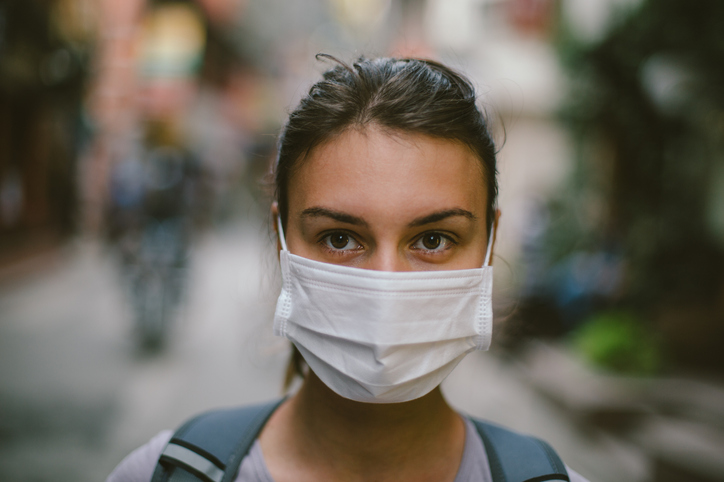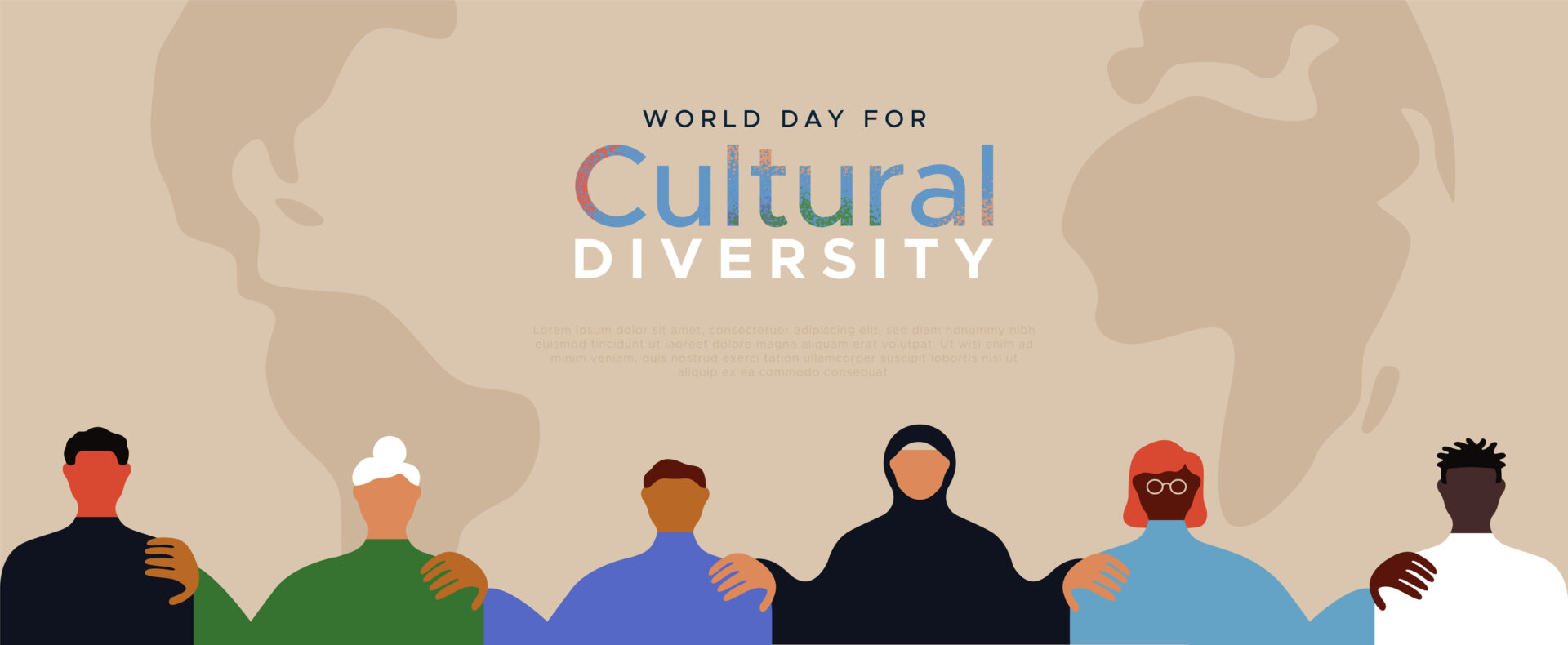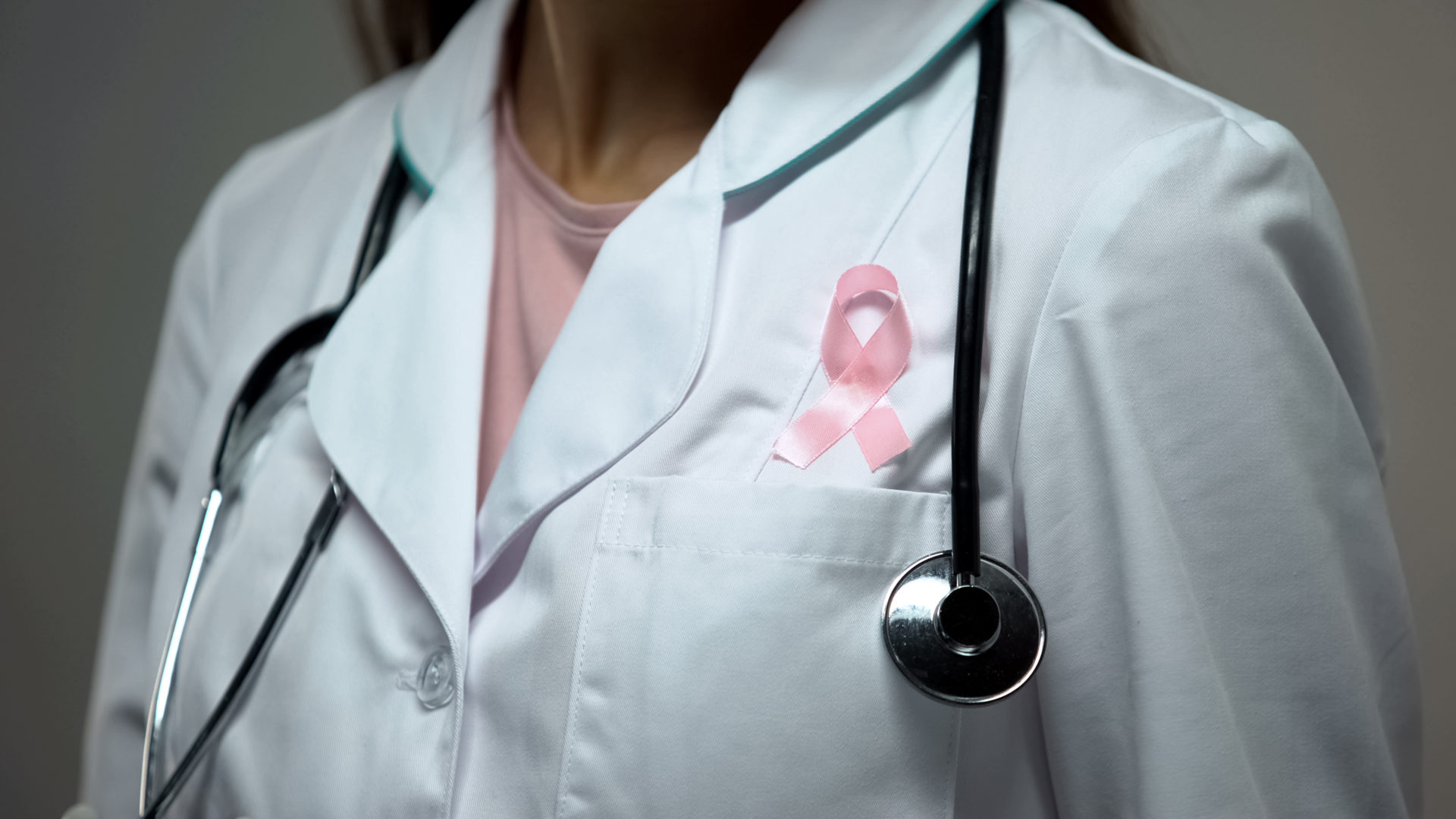In an ideal world, social distancing, staying at home, and practicing good hygiene would be enough to stop the spread of COVID-19. Unfortunately, this is not how things are playing out. In response to the rapid increase of COVID-19 cases, organizations and governments all over the world are enacting new measures to ensure those who are sick do not infect others and those who are healthy stay that way.
While the World Health Organization is sticking to their original guidance stating only those who are sick or caring for them should wear face masks, government officials in many countries disagree. China, Austria, the Czech Republic, Germany, Slovakia, Morocco, and a few cities in France and Italy are requiring those outdoors to wear masks.
Rather than making masks a requirement, some countries, like the U.S., Hong Kong, Korea, Japan, and Thailand, are merely recommending it. In certain Asian countries, these recommendations are taken seriously as wearing surgical masks when sick or during flu season shows respect for one’s community and its members. In countries like the U.S., where wearing surgical masks is not normalized, it is hard to tell if such recommendations will be implemented.
The only way to normalize face masks, which can help stop the spread of COVID-19, is to start wearing them. Below we cover some common questions regarding face masks and provide resources that guide you on making your very own.
What are the Recommendations?
Due to limited supplies of personal protective equipment for healthcare professionals, the Centers for Disease Control and Prevention previously advised the public that wearing face masks was not necessary. The CDC has reversed this recommendation, encouraging those in public to wear some form of face covering.
To continue reserving N95 and surgical masks for healthcare workers, the CDC is suggesting cloth face coverings as an alternative.
You might be wondering if face masks are necessary, especially if people are practicing social distancing. While social distancing guidelines should still be followed, for some, it may not be possible. Social distancing is a luxury, which the homeless and those at lower income levels cannot afford. Shared housing, small living spaces, and reliance on public transportation can make it challenging for these communities to practice social distancing.
In addition to healthcare workers, many essential workers may have difficulty practicing social distancing since they cannot control the actions of those around them. Examples of high-risk jobs include workers at grocery stores, public transportation workers, and those in law enforcement. For these individuals, face masks can provide some protection, whether it is them or the person they are interacting with that is wearing one.
Do Face Masks Help?
This is the question everyone seems to be asking. While N95 and surgical masks offer reliable protection, such resources must be reserved for healthcare professionals on the frontlines.
According to the CDC, cloth coverings and masks are a vital tool to keep asymptomatic COVID-19 victims from unknowingly spreading the virus. Cloth masks contain particles released when the wearer coughs, sneezes, or breathes. This means they protect the people who are near or interacting with the individual wearing the mask.
Because face masks are less protective than N95 or surgical masks, the CDC advises those who choose to wear masks practice social distancing. The CDC also advises those wearing masks to avoid touching the mask. The virus can live on cloth for a significant amount of time. Touching the mask can transfer the virus to your hands and the next thing(s) you touch.
One great feature of cloth face masks is they can easily be sterilized. Once washed and dried, the face mask can be worn again, making it a sustainable form of protection.
How Do I Make My Own?
There is an abundance of information about how to create a cloth mask. Health officials are doing their part by providing tips to improve the quality of these homemade masks. According to one professor at Colombia, the key when making these masks is to avoid using synthetic materials. He suggests those making their own masks use cotton. If you don’t have any extra fabric lying around, a cotton T-shirt will do the trick.
Once you have your materials, you can follow one of the many patterns circulating online to make your mask. John Hopkins Medicine recently released a sewing pattern for masks that you can follow to make your own. Or you can make this multiple-layer mask.
If you don’t know how to sew, many sources are sharing tutorials on how to make no-sew face masks. Here is one simple tutorial that requires just three items: a t-shirt, paper towels, and a pair of scissors. If three items is too many, the CDC offers this two-item tutorial.
It seems the methods used to fight COVID-19, including social distancing, hand washing, and wearing face masks, rely on trusting each member of the community to exercise proper precautionary guidelines. We hope the information above is informative.
When you wear a mask, don’t forget to continue practicing social distancing and maintaining good hygiene. By excessing the proper precautions, we can help save lives and decrease the spread of COVID-19.
Has COVID-19 has sparked your interest in the specialty infectious disease?
Explore infectious disease clinical experiences today >







Leave A Comment